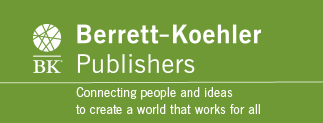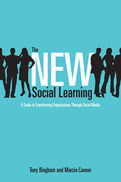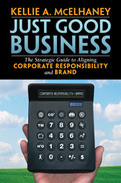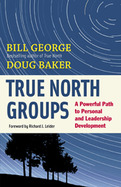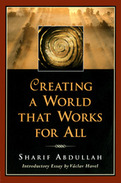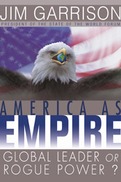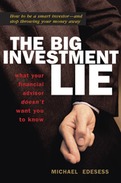-
The first book to help organizations understand and harness the extraordinary workplace learning potential of social media
-
Cowritten by the CEO of the world's largest workplace learning organization and a consultant and writer with extensive experience on the forefront of workplace learning technology
-
Features case studies showing how organizations around the world have transformed their businesses through social media
Most business books on social media have focused on using it as a marketing tool. Many employers see it as simply a workplace distraction. But social media has the potential to revolutionize workplace learning. People have always learned best from one another -- social media enables this to happen unrestricted by physical location and in extraordinarily creative ways. The New Social Learning is the most authoritative guide available to leveraging these powerful new technologies.
Tony Bingham and Marcia Conner explain why social media is the ideal solution to some of the most pressing educational challenges organizations face today, such as a widely dispersed workforce and striking differences in learning styles, particularly across generations. They definitively answer common objections to using social media as a training tool and show how to win over even the most resistant employees. Then, using examples from a wide range of organizations -- including Deloitte, IBM, TELUS, and others -- Bingham and Conner help readers sort through the dizzying array of technological options available and decide when and how to use each one to achieve key strategic goals.
Social media technologies -- everything from 140-character "microsharing" messages to media-rich online communities to complete virtual environments and more -- enable people to connect, collaborate, and innovate on levels never before dreamed of. They make learning dramatically more dynamic, stimulating, enjoyable, and effective. This greatly anticipated book helps organizations create a contemporary learning strategy that is as timely as it is transformative.
2008
2011
- Shows how we can create a world that works for all by rejecting the practice of exclusivity in favor of inclusivity
- Uses numerous insightful stories to illustrate how and why things don't work and how they can be made to work if we are willing to change our thinking and our society
2004
-
Asserts that America has already made the transition from republic to empire
-
Asks what kind of empire America can and should be, suggesting that America should consciously see itself as a new kind of empire, one that will work to make the notion of empire obsolete
-
Written by the President of the State of the World Forum, a global network whose members include such distinguished figures as Mikhail Gorbachev, Oscar Arias, George Schultz, Jane Goodall, and Elie Weisel
